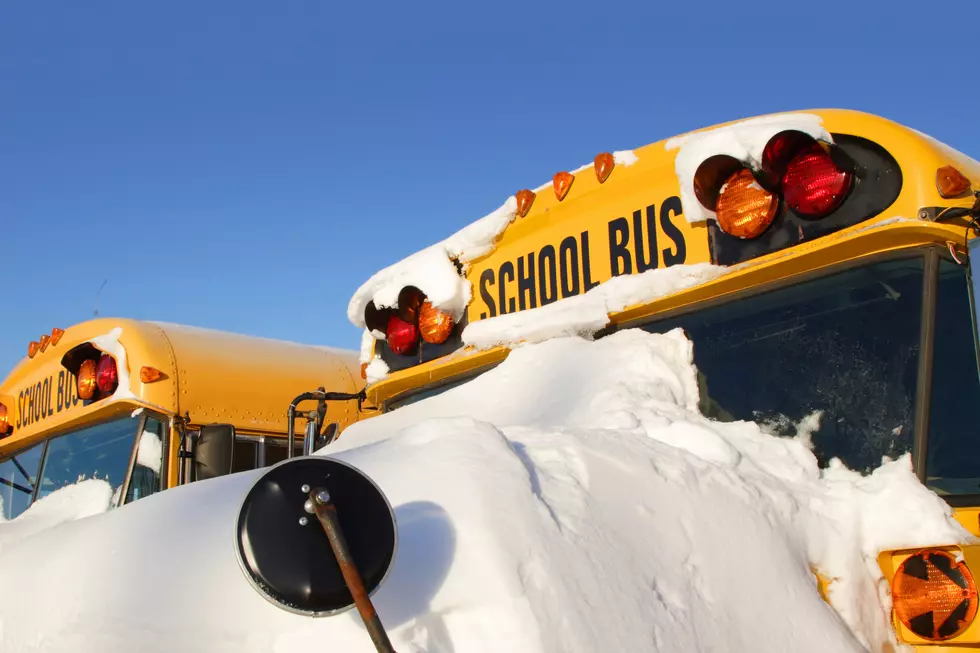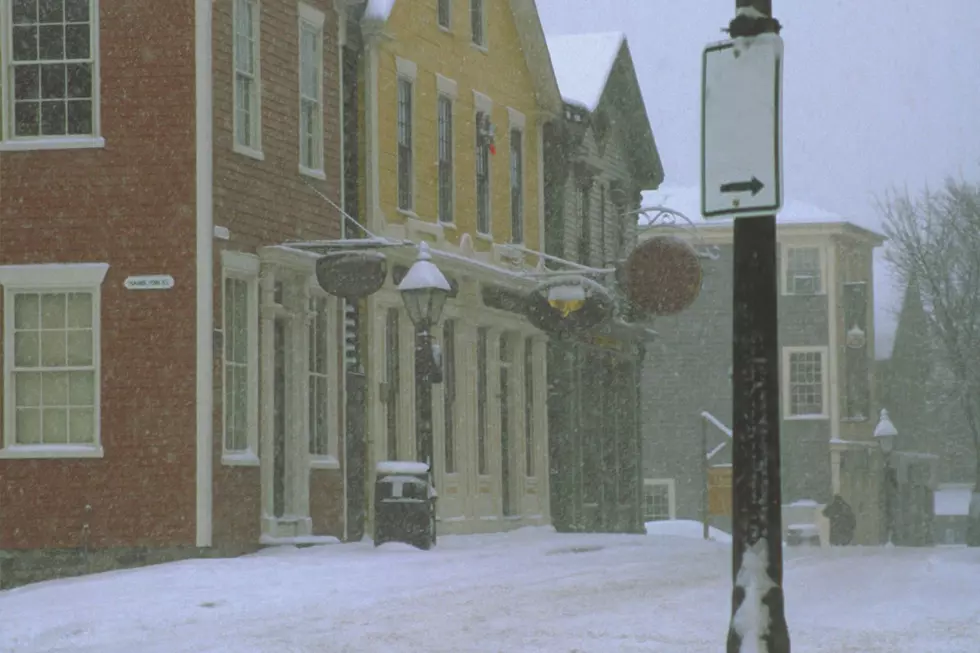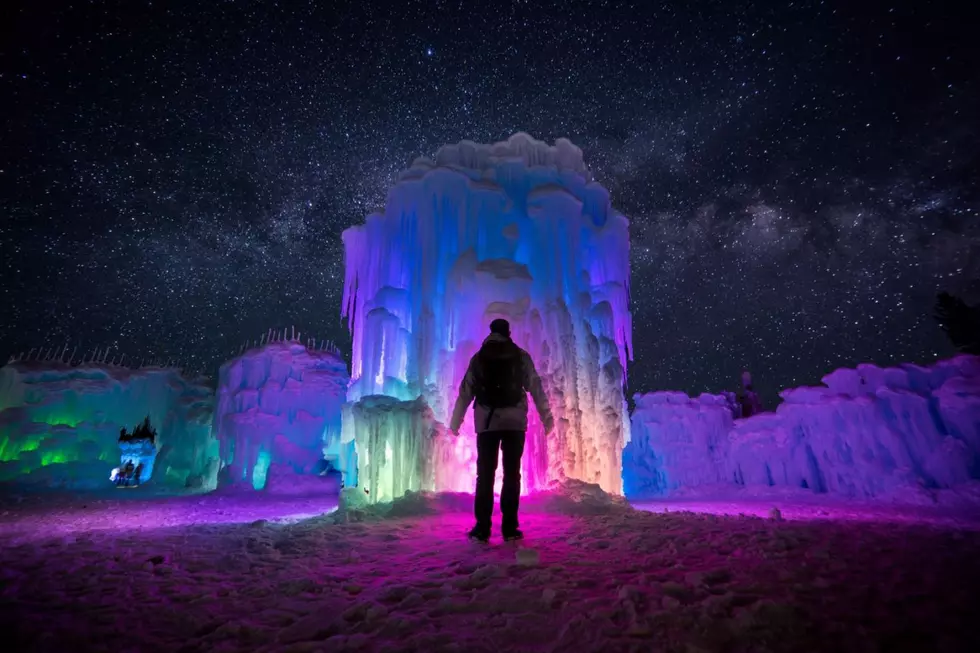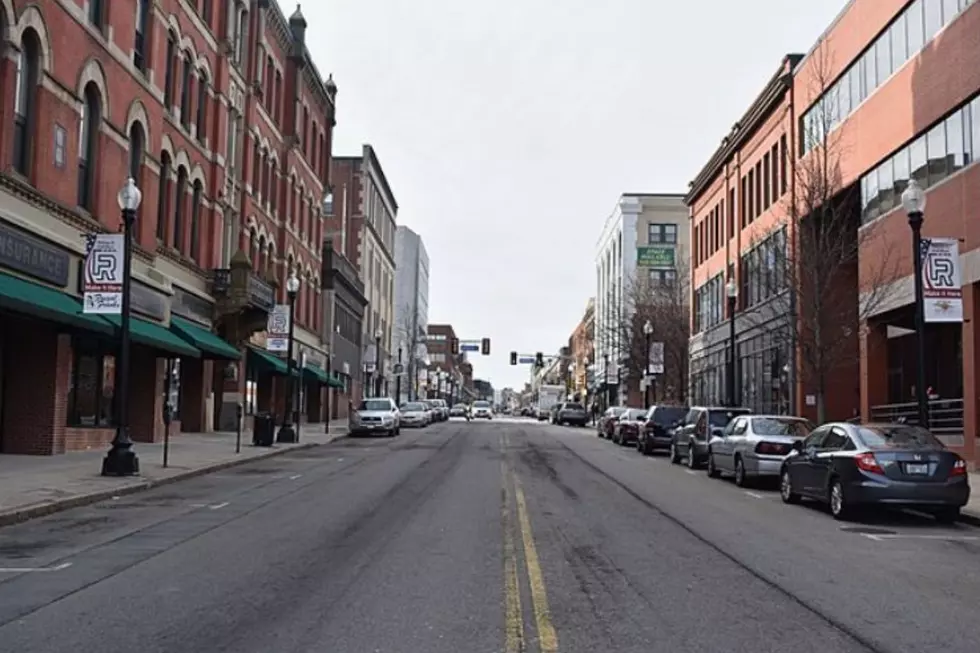
20 Natural Signs New England’s Winter Will Be Harsh
The weather hypers are at it again, with forecasts of a cold and snowy winter around these parts. We've heard it before, only to be disappointed – or relieved, depending upon your point of view on winter weather.
New Englanders are in weather overload mode with never-ending weather forecasts on their cell phones, tablets, televisions and elsewhere else. The weather has become big business, and it gets hyped to the nines. Scary forecasts attract audiences, and that means profits.
The fact that The Weather Channel's Jim Cantore is more recognizable to more people than, say, the Vice President of the United States speaks volumes.
It all makes you wonder how folks around here prepared for foul weather back in the day, before cable TV and the internet. It's simple. They paid attention to nature.
When Maine growers, Massachusetts fishermen, and Vermont dairy farmers wanted to know what the coming winter held in store for them, they looked to nature for the answers.

The 2024 Farmers' Almanac, publishing since 1818, looks back at those times with an article by Peter Geiger titled "20 Signs of a Hard Winter Ahead."
Geiger says, "According to weather lore, if you see any of these signs, winter could be quite tough, with lots of cold temperatures and snow."
Among Geiger's signs to watch for: "thicker-than-normal onion skins or corn husks." Geiger also cites "the early arrival of the snowy owl" and "thick hair on the nape of a cow's neck" as telltale signs that winter could be a beast.
Other indicators of a harsh winter ahead include "heavy and numerous fogs during August" and "pigs gathering sticks."
A couple of old favorites that my mother taught me about, such as "unusual abundance of acorns" and "squirrels gathering nuts early to fortify against a hard winter," are also mentioned by Geiger.
Whatever the coming winter has in store for us, there isn't much we can do about it. Relax and prepare for the worst while hoping for the best.
LOOK: The most expensive weather and climate disasters in recent decades
TIPS: Here's how you can prepare for power outages
KEEP READING: Get answers to 51 of the most frequently asked weather questions...
More From WBSM-AM/AM 1420









